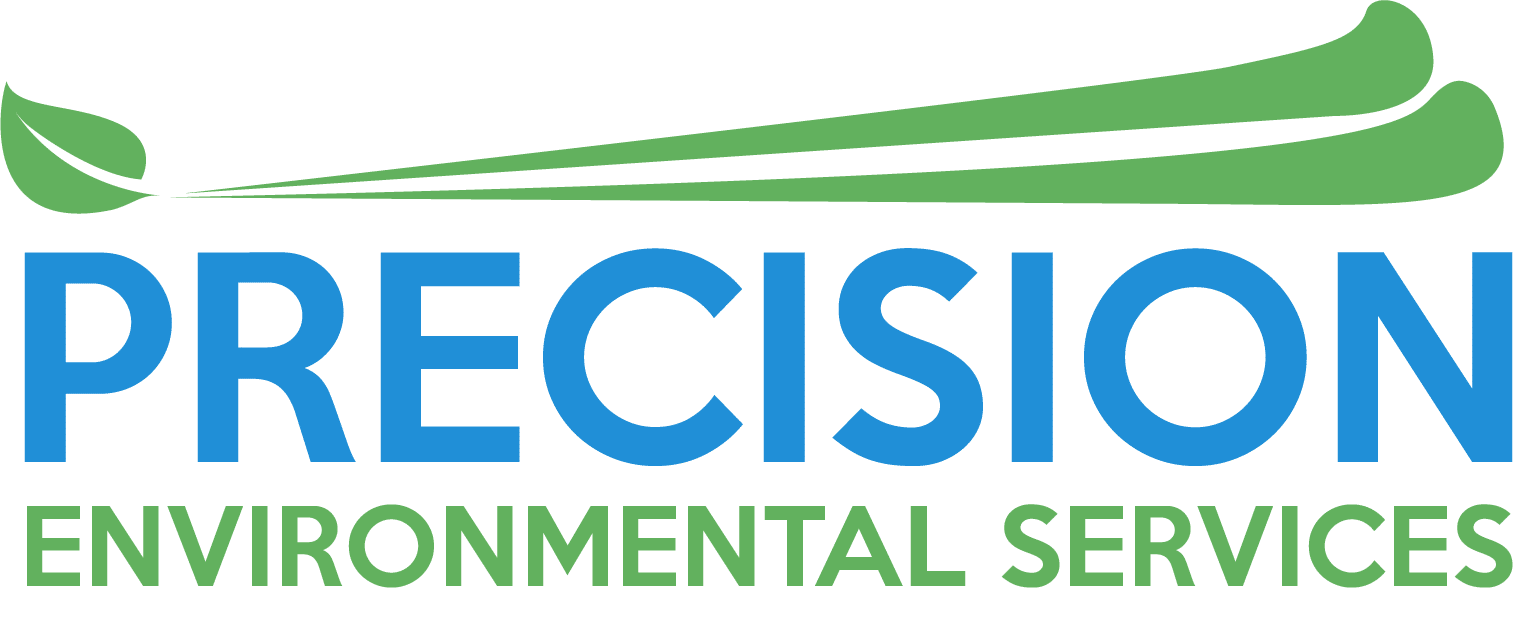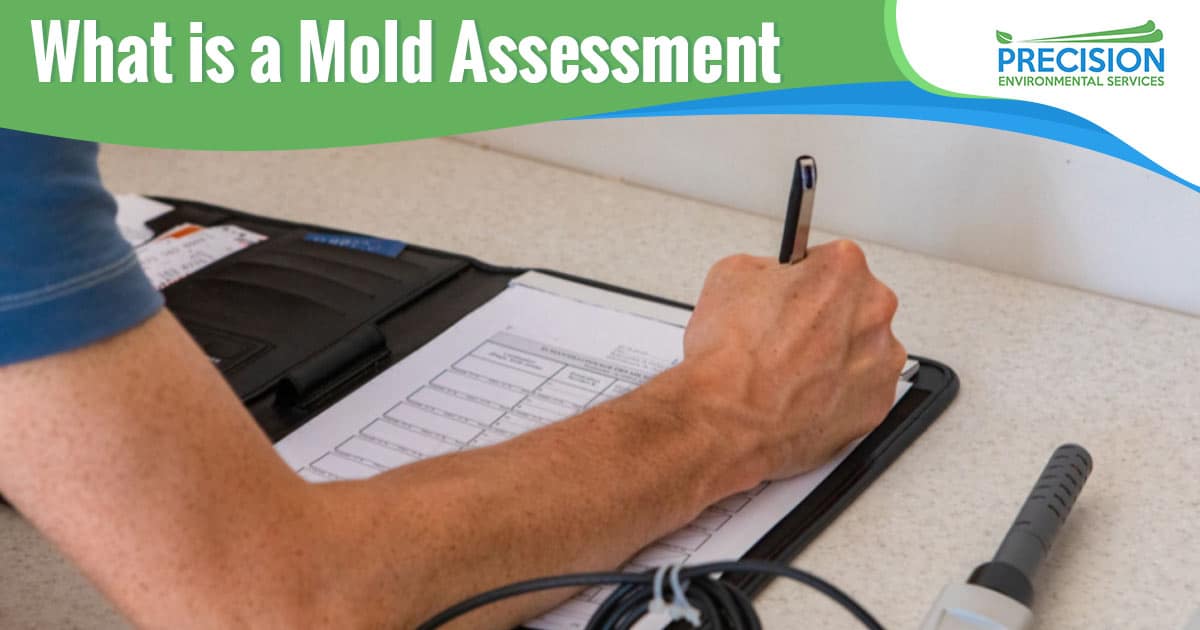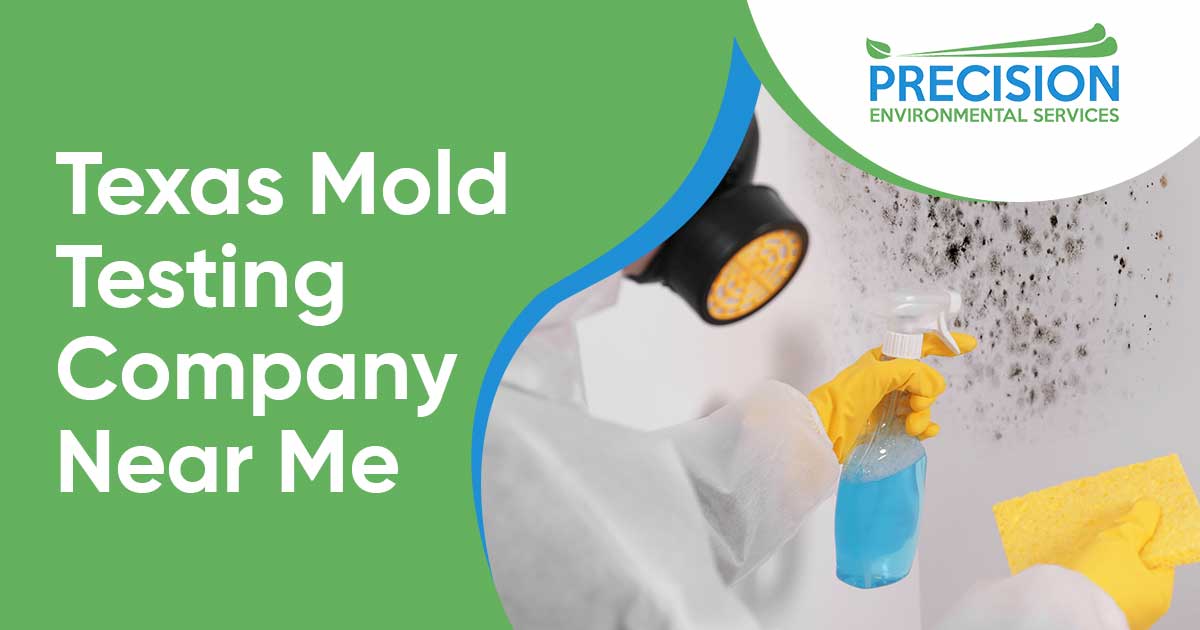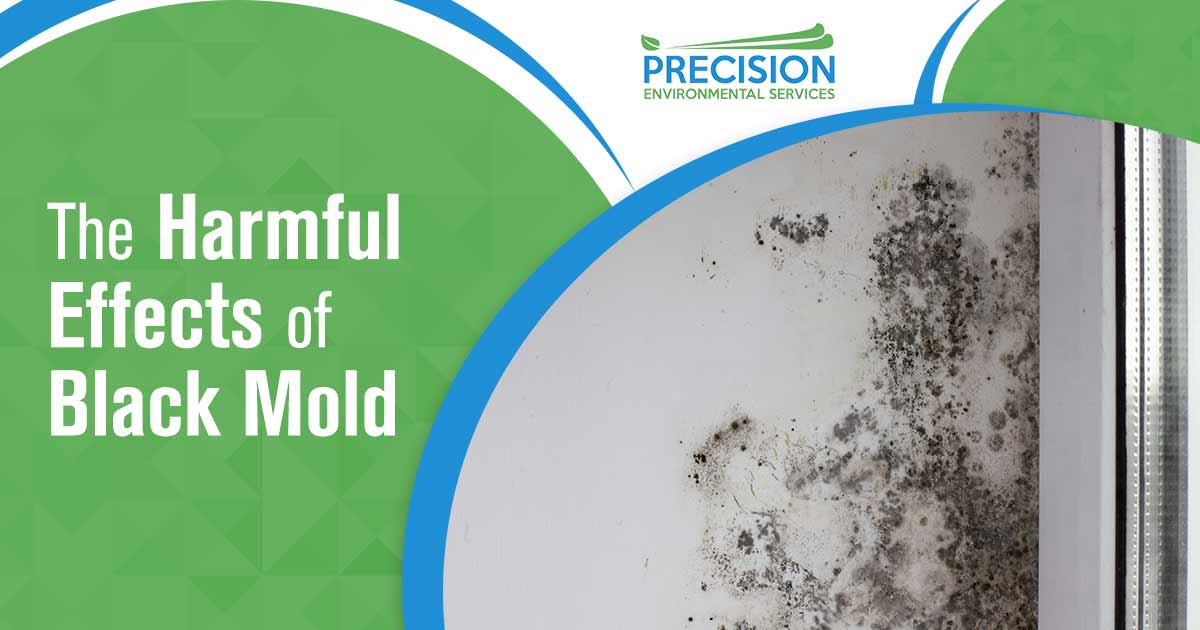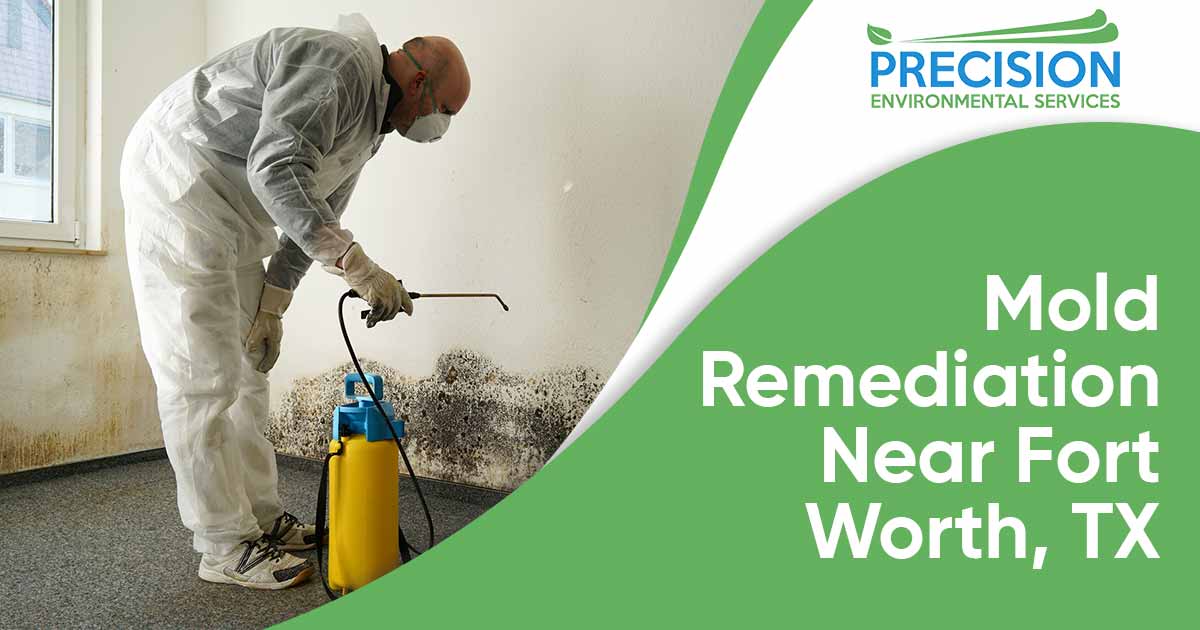Mold assessments and mold remediation are two sides of the same coin when it comes to mold infestations in the home, office, or commercial buildings. A typical mold assessment consists of multiple steps to identify what, if any, types of molds exist and in what capacity. Today we’ll focus on what is a mold assessment and if you need a mold assessment.
Guidelines for Mold Testing and Assessments
Currently, no State or Federal agency regulates or mandates permissible exposure limits (PEL) or any threshold values to determine whether an indoor space is safely habitable or not from common biological dust components such as pollen or mold. Even if they did, since people tend to have different exposure level tolerances when it comes to indoor mold, it’s hard to say if any imposed limits would be adequate for all scenarios. But just because there are no guidelines on the state or federal level doesn’t mean indoor air quality shouldn’t be considered. Industry guidelines for indoor air quality do exist and are put in place by the Environmental Protection Agency (EPA) as well as other local agencies.
It’s important when you’re buying or renting a home or commercial space that you ensure the indoor air quality is safe for your family and/or your employees. To do this, you may need to have a mold assessment of the property.
What is Mold?
Mold consists of microscopic organisms that are found practically everywhere both inside and outside. Under the right conditions, mold will grow exponentially and can lead to health problems as well as structural damage in the building where the infestation occurs. Optimal indoor mold growth conditions include:
- Sufficient moisture or high humidity, condensation, or water
- Organic building materials such as cellulose including drywall and carpet padding
It’s not uncommon to see mold growths in areas that have sustained water damage or in areas with poor ventilation. They often appear as staining or discoloration and sometimes may appear fuzzy. Mold comes in a variety of colors such as white, gray, brown, green, yellow, and black mold. Large quantities of mold are known to cause allergy symptoms in those who are allergic when they inhale mold spores or breathe in the toxins emitted by the mold. The most common health effects include:
- Allergic Reactions
- Asthma
- Eye Irritation
- Nasal Stuffiness
- Wheezing
- Other Respiratory Complaints
- Skin Irritation
When Do I Need a Mold Assessment?
When you’re buying a new home or commercial property you may want to consider having a mold assessment or mold inspection. Mold inspections are separate from typical building or home inspections. The mold inspection cost varies on the size of the property. However, if you or your family members or employees have health concerns then it may be a good idea to hire a mold inspector before committing to the property.
If you can see visible mold, then you know it’s growing and spreading spores. However, there are a few other scenarios where you may want to ask for a mold assessment, even if you don’t see mold colonies. This is because mold often grows in places we cannot see or don’t see often such as inside the walls, below the floors, inside your heating and air conditioning system ducts, in the ceiling, and even in the attic, roof, or hidden corners of your basement. This is all especially true if the building has had any water damage, meaning a significant amount of water that took longer than 24-48 hours to dry.
When purchasing a new home, it’s always a good idea to ask for a mold assessment. A hidden mold infestation can greatly affect the family health and wellness. It’s hard to know what the previous homeowners may not have been aware of in their own home, especially if the house was previously a rental property or unoccupied for a long period of time. The only way to know for sure if the building is safe is to have it inspected. Likewise, if your home inspector finds signs of mold and recommends a mold assessment, it’s strongly advised you get one.
Mold Inspection Vs. Mold Testing
There’s a difference between a mold assessment or inspection and mold testing. The first consists of a trained professional performing a visual inspection and using tools to search for mold problems. In addition to finding the mold problem, they’ll generally be able to give you an idea of how big the mold issue is and what kind of damage you may see below the surface.
Mold testing involves using a mold test to determine what specific type of mold is present in the area. Quality testing for mold also gives you a good idea of the mold spore counts in the air. However, it’s important to remember that mold sampling throughout the home may produce inconsistent results. This is because it’s easy for a mold spore to enter your home through an open window or door, or even on someone’s clothing as mold spores are everywhere. Your results may show mold types that aren’t actually active in your home but were picked up in the samples. It’s very difficult to get a precise sample from an indoor environment that isn’t a sealed lab. As long as you’re aware of this, mold tests can still be a great way to check the levels of spores and learn if you have toxic mold in your home.
What are the Next Steps if I Have Mold?
If inspection and quality testing reveal that you do have mold issues, then the next step is mold removal. A good mold remediation plan involves mold removal, removing the source of the moisture, scrubbing and washing all hard surfaces, cutting out and replacing all soft surfaces, and ensuring the area is well ventilated as well as clean and dry. If the mold contamination exceeds 10 square feet, then the EPA and local health departments suggest hiring professional certified mold remediators to remove mold and evaluate the area for improvements. This will ensure that the mold is removed and prevent mold from growing in that area again.
If you’re interested in a mold assessment, mold testing or sampling, or mold remediation, call Precision Environmental Services today. We are mold remediation experts ready to help you make your home or business safe again.
